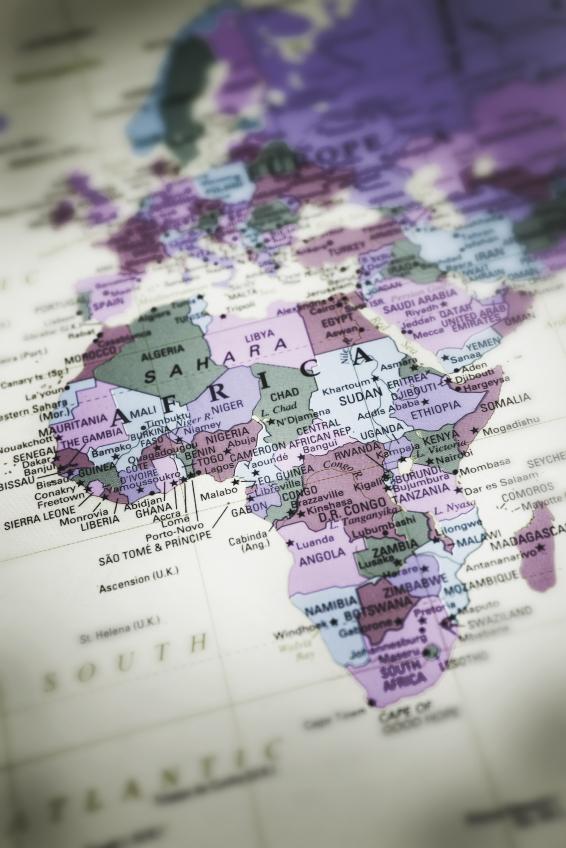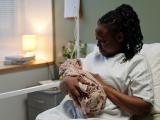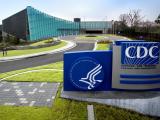Top officials from the United States and the African Union (AU) today formalized a collaboration between the US Centers for Disease Control and Prevention and its African counterparts to create the African Centres for Disease Control and Prevention (African CDC).
US Secretary of State John Kerry and AU Chairperson Nkosazana Dlamini Zuma, MBChB, signed a memorandum of cooperation (MOC) in Washington, DC, during broader high-level deliberations under way this week with African officials.
Tom Frieden, MD, MPH, director of the US CDC, said in a statement that West Africa's Ebola outbreak reaffirmed the need for a public health institute to support African health ministries and other groups in preventing, detecting, and responding to disease outbreaks. "This memorandum solidifies the commitment by the United States to advance public health across Africa and global health security," he said.
In remarks in Washington today, Kerry said the US CDC was created 70 years ago to respond to a malaria epidemic. "An African counterpart is already clearly needed, not just because of Ebola, but to cope with health threats of every kind," he said.
The need for an African CDC was first aired at an AU special summit on HIV and AIDS, tuberculosis, and malaria in Abuja, Nigeria, in July 2013, according to the CDC. It added that the concept has moved through several stages of development, review, and approval and will launch later this year with the formation of an African Surveillance and Response Unit, which will include an emergency operations center and the capacity to organize a force that can be deployed to serve member states during future health emergencies.
The African CDC coordinating center will be in Addis Ababa, Ethiopia, and the AU will identify five regional collaborating centers for each of the five AU geographic regions. The main and regional offices will have field epidemiologists among the technical staff.
Under the terms of the MOC, the US CDC will provide technical expertise and assist with planning for future African CDC development. Two US CDC experts will be located at the AU to serve as long-term technical advisors to the African CDC, and the US CDC will support fellowships for 10 African epidemiologists to help at the main and regional African CDC offices.
Reports probe safety lapses, US response
In other Ebola news, two New York Times stories in the past few days revealed new information about safety lapses encountered by Partners in Health (PIH), a Boston charity affected by recent healthcare worker infections and exposures, as well as new details suggesting a US push to build Ebola treatments in Liberia last fall came too late.
In a report yesterday on PIH and its work in the outbreak region, the Times said an inquiry by international health officials and interviews with the aid group's employees and managers show a pattern of safety lapses at a government-run treatment center in Port Loko, Sierra Leone, where PIH worked.
The Times noted that PIH, which advocates for improving healthcare in poor countries, hadn't often worked in emergencies and faced challenges when it went to West Africa, where it vowed to provide long-term support for shaky health systems in Sierra Leone and Liberia.
PIH worked at a center run by Sierra Leone's health ministry that wasn't designed for patient treatment. It closed in the middle of March, following safety deficiencies that included inadequate protective gear, inconsistent protocols, inappropriate disposal, along with the infections and exposures in health workers.
According to the Times, staff pushed for the site to be closed last winter when patient numbers declined and two facilities run by other groups opened nearby. However, PIH told the paper it kept its staff there, because the ministry wanted the center kept open and PIH wanted to maintain good collaboration with the health ministry to pave the way for work on strengthening the health system in the years ahead.
Earlier in the outbreak, some members of PIH persuaded the group to go to Sierra Leone and Liberia, and PIH raised money and enlisted health workers without realizing that it also needed experts in logistics and facilities to ensure that the work was done safety. Soon after, the group was asked to support an overwhelmed treatment facility, PIH officials told the Times.
A recent expert investigation found a lack of standard procedures for donning protective equipment and no posters showing proper doffing sequence, with PIH relying on the government's ever-changing supply chain for its protective gear. Employees also told the Times that the lack of consistency was partly caused by confusion in leadership between the health ministry and PIH.
The second Times report, published, Apr 11, said the US military's deployment to build Ebola treatment centers in Liberia came too late and perhaps wasn't needed to stem the spread of the disease. It said the outbreak outpaced the American response and disease levels had already started dropping when the troops landed to start building the units.
Of 11 treatment centers the troops built, only 2 treated patients, and only 28 patients were treated at the 2 centers that housed patients.
According to the Times, the emphasis on treatment centers had less impact than inexpensive, nimble measures that Liberian citizens took to stem the disease. Critics suggested that if American and other donors had been more flexible, the resources could have been better used to rebuild the country's healthcare system or support local community efforts.
Jeremy Konyndyk, who led the Ebola response for the US Agency for International Development (USAID) told the paper that predictions and past Ebola outbreaks suggested enough treatment beds were a key to beating Ebola, and in the bigger scheme of things, USAID took the right approach. USAID also supported other efforts, such as building a new cemetery and increasing safe burial teams.
The top military official when troops ended their mission, Maj Gen Gary Volesky, has been quoted as saying the steps the military took, such as training 1,500 Liberia health workers to staff the units, will be useful long after the outbreak ends.
Liberian officials quoted in the Times story said it was difficult to predict how successful Liberia's own actions would be and that the American efforts will help it sustain the health gains that the country made during the outbreak.
Experimental treatment developments
Tekmira Pharmaceuticals announced late last week that the US Food and Drug Administration (FDA) has modified a partial clinical hold on TKM-Ebola to allow repeat dosing of healthy volunteers at a dose of 0.24 mg/kg/day. In an Apr 10 statement, the Vancouver, BC–based company said the partial clinical hold remains in place for higher doses.
The company said it has plans to resume the phase 1 trial in the weeks ahead, a randomized single-blind placebo controlled trial that involves repeat dosing of a single cohort of healthy volunteers. Participants will receive the drug or a placebo for up to 7 days. Results from the trial are expected in the second half of 2015.
The phase 1 trial launched in January 2014, and after some subjects had flulike responses, the FDA placed a clinical hold on the drug in July 2014 while it sought more information on the multiple ascending dose portion of the trial. The hold was scaled back to a partial hold in August to allow TKM-Ebola's use in suspected or confirmed Ebola infections.
TKM-Ebola is being developed under a $140 million contract with the US Department of Defense. The small interfering RNA combination targets three of seven Ebola virus proteins.
Meanwhile, Aethlon Medical announced that it has entered a humanitarian use device (HUD) submission to the FDA for its Hemopurifier filter as a treatment for Ebola infection. In an Apr 9 statement, the San Diego–based company said the Hemopurifier is a biofiltration device designed to remove viruses and shed glycoproteins from the circulatory systems of infected individuals.
Aethlon said an FDA designation of its HUD application would clear the way for it to submit a humanitarian device exemption (HDE) marketing application to the FDA Center for Devices and Radiological Health. It noted that there is no assurance that it will receive the HDE approval to market the Hemopurifier as an Ebola treatment.
Case number update
The WHO said today that the number of confirmed, probable, and suspected Ebola cases in the three outbreak countries has increased slightly, reaching 25,591 cases and 10,604 deaths. The totals reflect increases of 35 infections and 17 fatalities since the WHO's last report on Apr 10.
Today's numbers include data from Guinea as of Apr 11, Liberia as of Apr 5, and Sierra Leone as of Apr 10.
See also:
Apr 13 CDC press release
Apr 13 US State Department text of Kerry remarks
Apr 12 Times report
Apr 11 Times report
Apr 10 Tekmira press release
Apr 9 Aethlon press release
Apr 13 WHO update




















